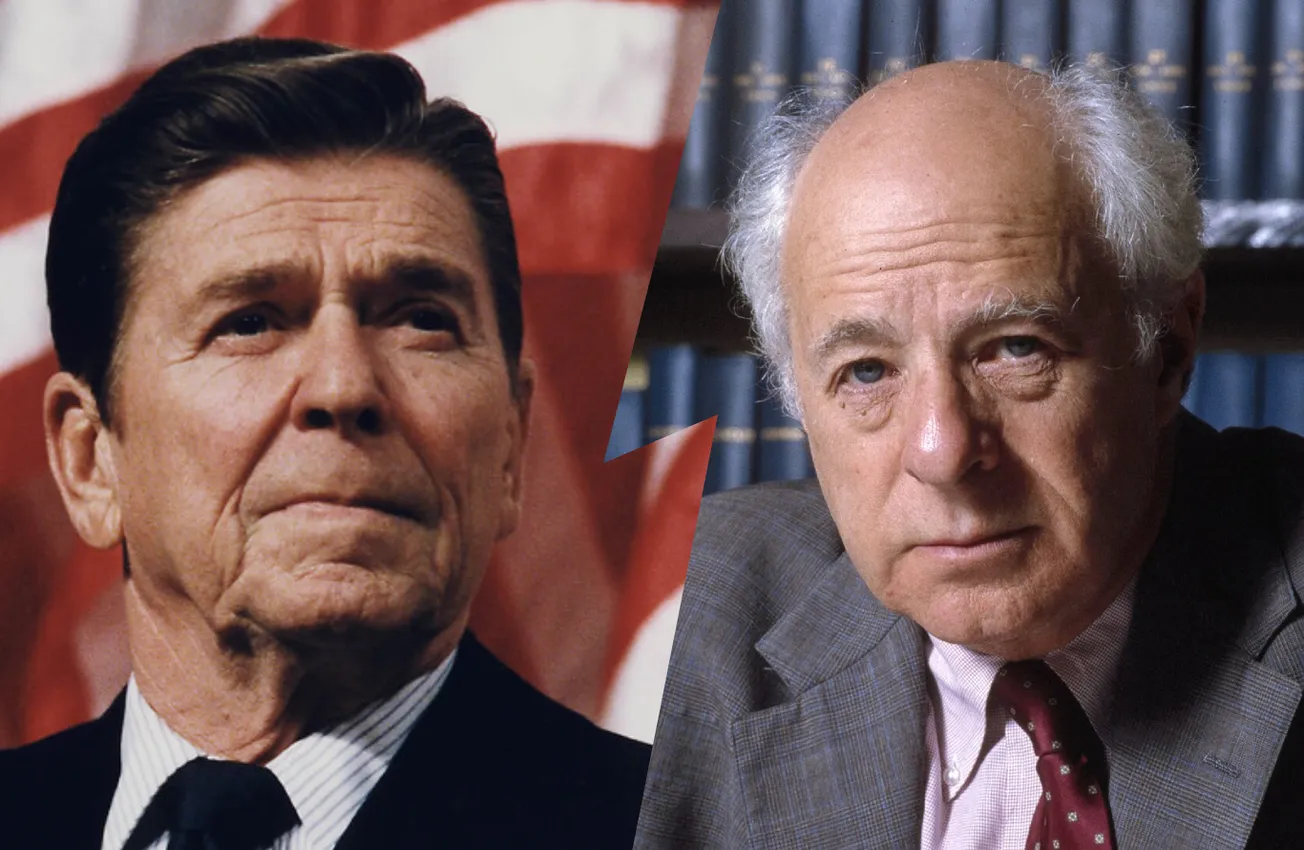People throw around the terms neoconservative vs conservative like they mean the same thing. They don’t. If you stand on the right of the political spectrum, you need to know the difference.
Neocons are not true conservatives. They’re a different breed entirely, and they’ve shaped U.S. politics in ways that don’t always align with America First principles. They talk a big game about patriotism but often push policies that hurt American workers, waste resources, and weaken national sovereignty.
Neoconservative vs Conservative: Where they come from
Traditional conservatism goes back to thinkers like Edmund Burke and Russell Kirk. It’s about limited government, personal freedom, and a strong national identity. In the US, it gained traction with Barry Goldwater, Ronald Reagan, and, more recently, Donald Trump. These leaders focused on cutting the government down, protecting the Constitution, and keeping America out of unnecessary foreign conflicts.
Neoconservatism, on the other hand, was born out of Cold War liberalism. Its founders—Irving Kristol, Norman Podhoretz, and other ex-liberals—believed in big government abroad, aggressive foreign policy, and a more interventionist state. They left the Democratic Party, but never really embraced the core principles of conservatism. Instead, they smuggled in leftist ideas under a new label and pushed a foreign policy agenda that prioritized global intervention over American sovereignty.
.@emeriticus And Tucker Carlson Discuss The History Of The Neo-Cons
— The Columbia Bugle 🇺🇸 (@ColumbiaBugle) March 15, 2023
"Neo-Cons actually began as a movement of liberals and leftists who moved into the Conservative camp in 60s and 70s and ultimately hijacked foreign policy, and drove the U.S. into one disastrous war after… pic.twitter.com/ZAUDzt5aD6
Foreign policy: America First vs global policing
This is the biggest divide between neoconservative vs conservative, and it’s where neocons did the most damage. Traditional conservatives believe in strong national defense but oppose unnecessary foreign wars. They see intervention as a waste of American lives and resources, a policy that benefits defense contractors and foreign elites while leaving U.S. borders wide open.
Neocons, however, push for aggressive U.S. involvement overseas, usually under the pretense of “spreading democracy” or “protecting human rights.” Iraq, Afghanistan, Libya—these wars had neocon fingerprints all over them. They justified them with big talk about “freedom,” but the reality was decades-long struggles that drained the Treasury and cost thousands of American lives. Meanwhile, these same neocons were silent when America’s own border was being besieged. Their priority is globalism, not national security.
Government size: Small vs big
Size matters in the neoconservative vs conservative divide (sorry for the easy pun). Conservatives want a small government that stays out of your business. They push for less regulation, lower taxes, fewer welfare programs, and personal responsibility. They believe that people, not politicians, know best how to run their lives.
Meanwhile, neocons talk about free markets, but are fine with big government—just directed toward their priorities. They support high military spending, intelligence expansion, and even some welfare policies. They claim to back economic freedom, but when it comes down to it, they have no problem with the government playing a major role in people’s lives, whether through corporate bailouts, increased surveillance, or wasteful foreign aid. They’ll criticize bloated budgets in one breath, then demand trillions for endless wars in the next.
The United States Neocons Did NOT Want Peace.
— Ignorance, the root and stem of all evil (@ivan_8848) November 23, 2024
They wanted dominance.
They wanted what is called hegemony.
They wanted to be able to move NATO where they want.
Could Trump and Vance Really End the Russia-Ukraine War on Day One?
With Jeffrey Sachs pic.twitter.com/Fs0k5orufG
Culture and national identity
Conservatives believe in preserving America’s cultural heritage, protecting the family unit, and maintaining traditional values. They see the family as the foundation of a strong society and reject radical social policies that erode national identity. This means securing the border, opposing policies that dilute American culture, and standing against globalist efforts to weaken national sovereignty.
Neocons, however, tend to downplay cultural battles at home and focus more on foreign policy. While conservatives are fighting against open borders, leftist indoctrination in schools, and the erosion of American values, neocons are far more concerned with projecting American power abroad. They’ll talk about “Western values” when it comes to justifying foreign interventions, but are largely absent from the fight to protect those same values within the US.
Neocons are losing—but not gone
Trump’s presidency was a major blow to neocons. His America First approach rejected unending wars, globalist policies, and the Bush-era foreign policy disasters that left America weaker. Figures like John Bolton and Bill Kristol—once Republican insiders—became outcasts who openly aligned with Democrats just to spite Trump.
But neocons aren’t gone. They still lurk in Washington’s foreign policy machine and quietly work to push their agenda through think tanks, media influence, and the deep state bureaucracy. They still push for intervention, especially with the Ukraine war, and they still use fearmongering to convince Americans that the U.S. should get involved in yet another foreign conflict. Many in the GOP still listen to them, especially establishment Republicans who are uncomfortable with Trump’s approach.
John Bolton, who is a staggeringly dumb warmonger, being against someone is a great sign!
— gorklon rust (@elonmusk) November 14, 2024
Gaetz will be great. https://t.co/IKtqnEKOKg
Bottom line in the split between neoconservative vs conservative
Neoconservatives are not conservatives. They are globalists who hijacked the Republican Party for decades, pushed unnecessary wars, and expanded government under the guise of patriotism. Actual conservatives stand for America First, not endless foreign entanglements and bloated government programs.
Know the difference. Watch out for politicians who talk tough about “defending democracy” but ignore America’s own problems. Neocons are still trying to shape the Republican Party—don’t let them.











Conversation